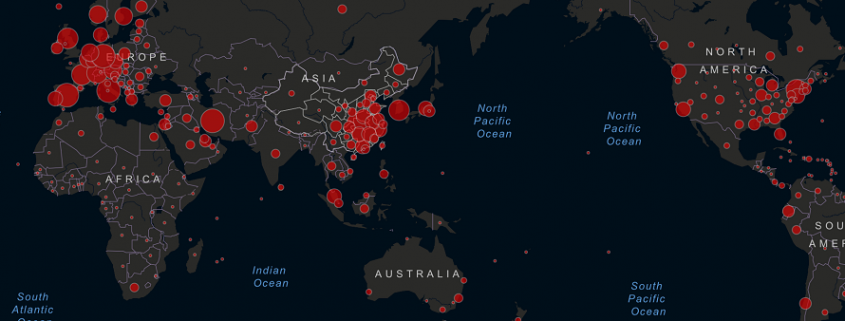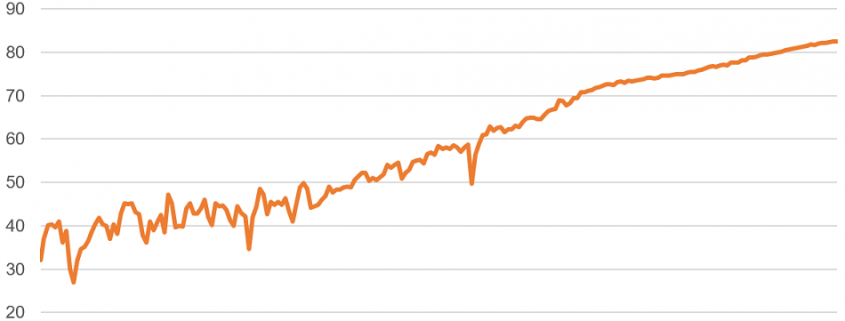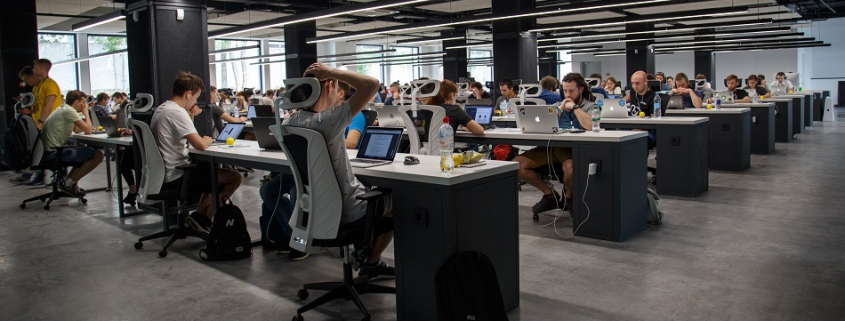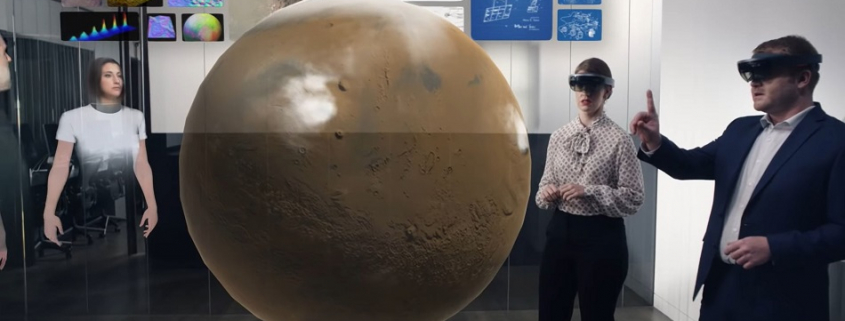We can stop the pandemic in its tracks, we just need to lose all privacy. Are we prepared for that?
We can readily stop COVID-19 from spreading and reverse its path of devastation.
It just requires health authorities and the government to track our every movement and everyone we come into contact with, with no exceptions.
This is already happening to a substantial degree in a numnber of countries, and quite possibly has been a major factor in limiting the spread of the disease in some instances.
Read more →










